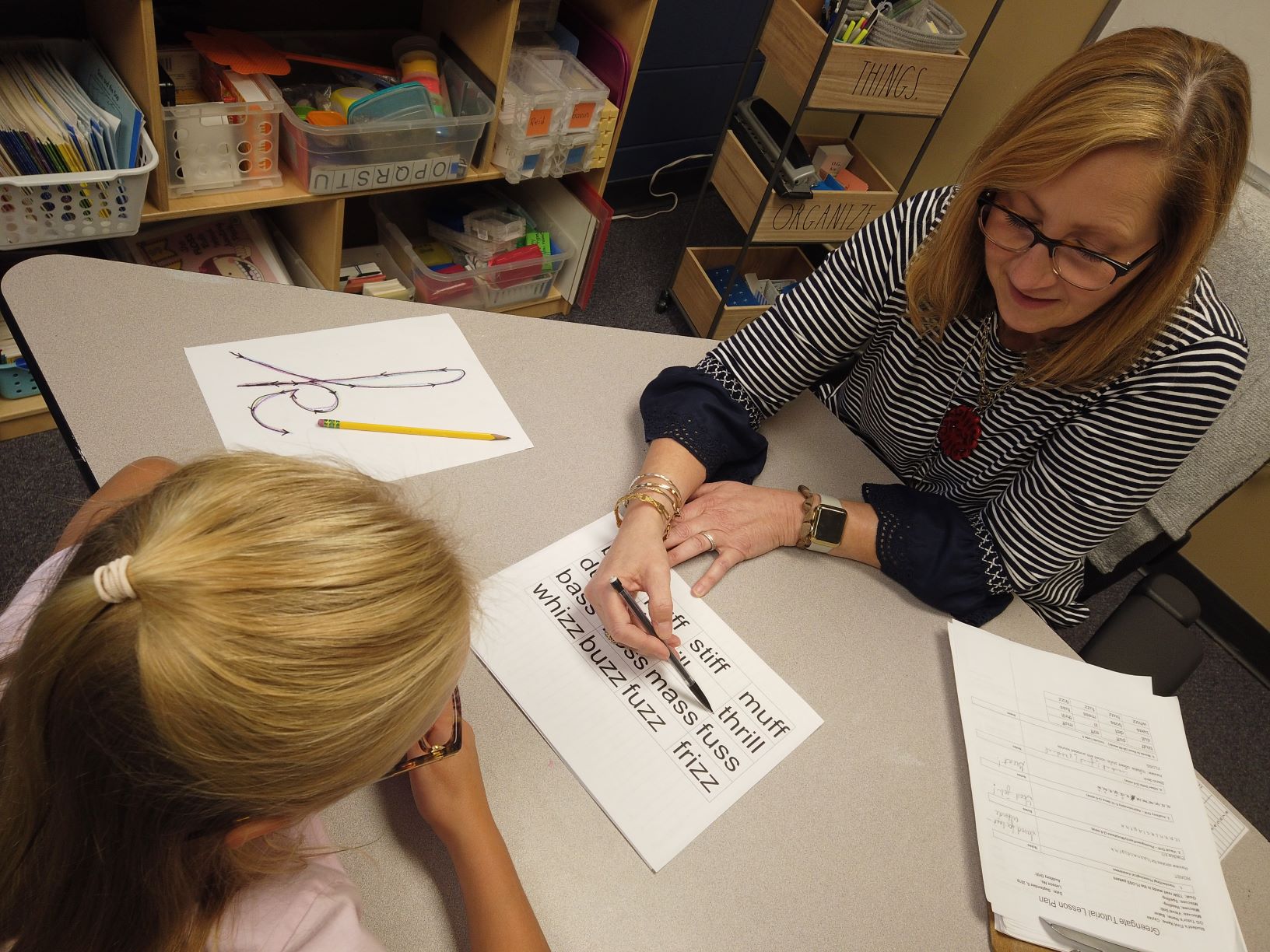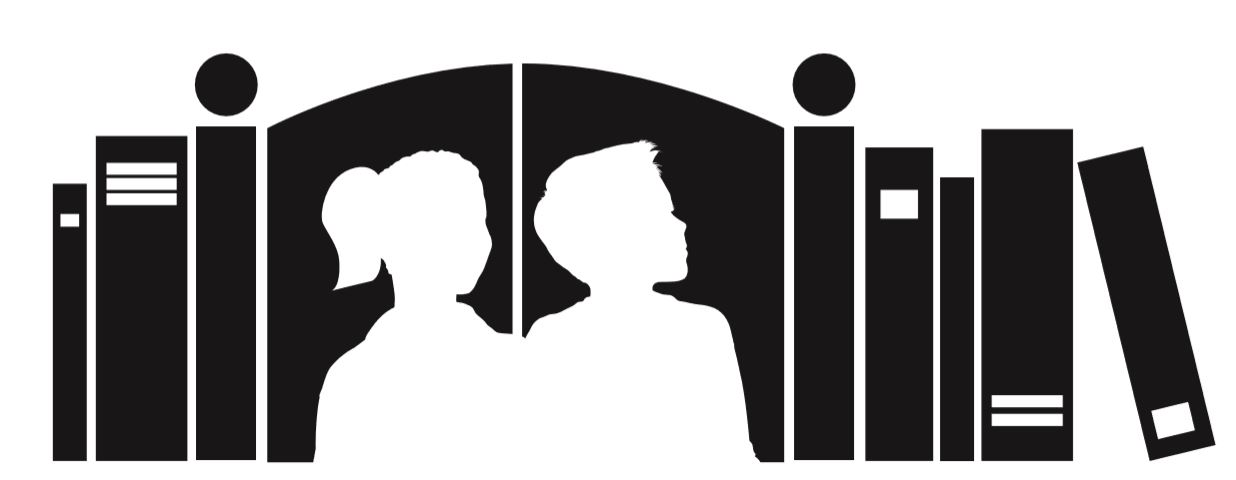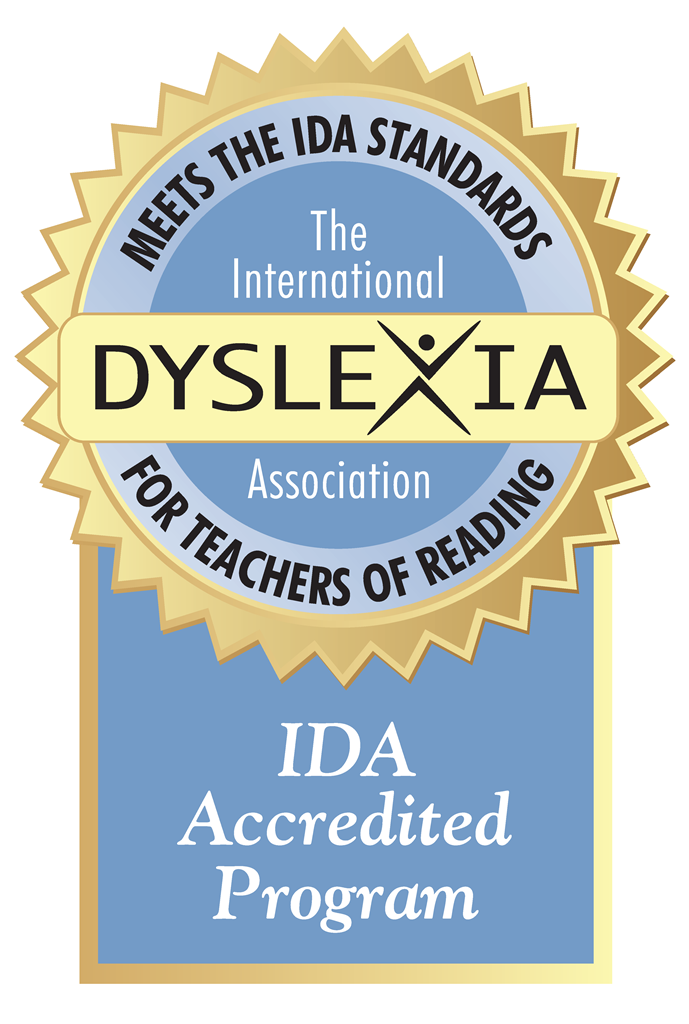Orton-Gillingham Approach

Recent research suggests that almost 20% of the population (1 in 5) have a neurological difference in the brain that affects their ability to learn the phonological structure of written language. Reading instruction in a traditional classroom setting will not provide what these students need, so they often fail to master the necessary skills, no matter how bright they are and no matter how hard their teachers try. To learn these skills-reading, writing and spelling-students need teaching that provides carefully sequenced, systematic, multi-sensory instruction, followed by intensive practice of each detail of the sounds/symbol system of the language.
The Orton-Gillingham Approach is intended for persons who have difficulty with reading, spelling and writing. This highly structured approach breaks reading and spelling down into smaller skills involving letters and sounds, and then builds on those skills. While this approach is especially effective for use with dyslexic students, the principles of Orton-Gillingham are beneficial when teaching anyone to read.
The Orton-Gillingham principles ensure each student receives the education best suited for their needs. By employing the Orton-Gillingham approach throughout the instructional program of the school, Greengate best serves the needs of our students. The mission of Greengate School is clear: to teach in an environment responsive to each student’s individual need. Greengate School is rooted in the Orton-Gillingham approach, a one-on-one, direct, scientific, diagnostic and prescriptive way of teaching. A trained practitioner who develops individualized plans for each session tutors students, individually or in a small group.
- Diagnostic and Prescriptive: Trained language therapists first use a series of comprehensive assessments to determine what a student needs, then use a variety of multi-sensory strategies to ensure student engagement and retention. The Orton-Gillingham approach is not a packaged curriculum, rather a methodology that requires a therapist to be proficient in executing effective strategies while utilizing a variety of applicable resources. The therapist must also be knowledgeable in dyslexia and language processing difficulties and adaptable and flexible in understanding each learner’s unique needs and challenges.
- Direct and Explicit: Greengate’s language therapists follow a sequence, though flexible, that ensures that students are being taught exactly what they need and have ample practice with a concept or skill before they advance to the next.
- Language-based: In all areas of the curriculum, Greengate teaches the underlying structure of the English Language as it is. Providing a solid understanding of sound/letter relationships to facilitate reading and spelling as well as skills to comprehend word meaning gives students the confidence to progress in all subject areas.
- Multisensory: To be truly multisensory, a lesson must combine visual, auditory, and tactile experiences in a thinking brain. Greengate School and the Orton-Gillingham approach excel in multisensory instruction, using movement, music, and color to enhance the curriculum in every subject area.
- Sequential, cumulative, and integrated: Following the Greengate sequence, students begin with known material and progress to new material only when ready to move forward. Spelling, reading, and writing are taught simultaneously to ensure students understand the correlation among language skills. Reading comprehension strategies are practiced throughout the curriculum to ensure students develop into accomplished learners.
- Emotionally sound:The Orton-Gillingham approach ensures that a student’s needs are met in a way that encourages academic, social, and emotional growth. Teachers and tutors at Greengate School understand how children with dyslexia learn, the challenges they face, and how to develop them into confident students who aspire to learn and excel.

